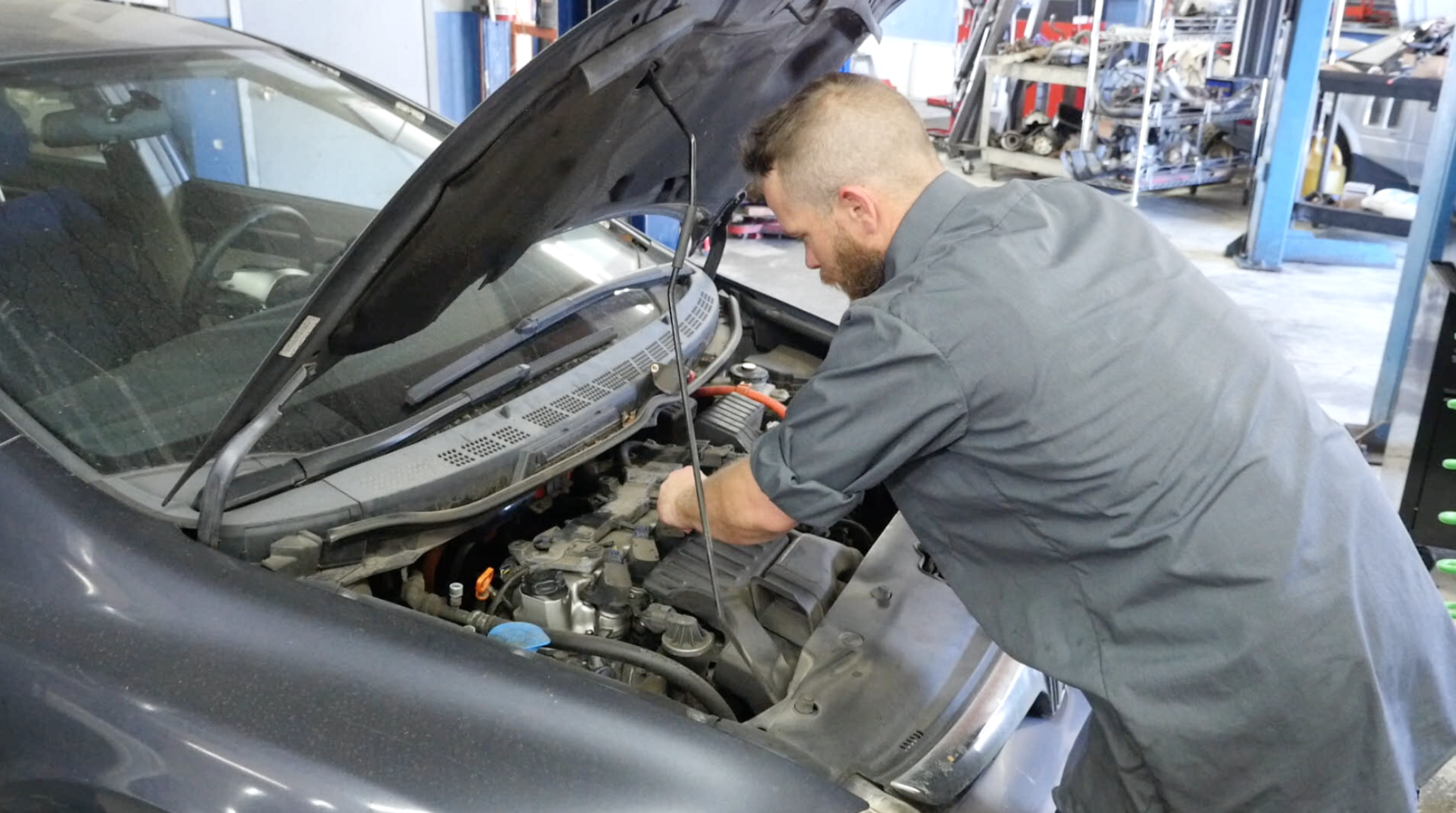
Upon receiving an unexpected car repair bill, you might start wondering if it’s time to replace your current vehicle for something newer that requires less maintenance. However, while it’s natural to react this way to an unforeseen financial burden, it’s important to make such a decision based on information, not emotion.
The tricky thing about car maintenance costs is the irregularity with which they occur. You can go a year without paying for anything other than oil changes, and then out of the blue, you’re hit with an $800 repair bill. The problem is, this doesn’t provide an accurate “big picture” of what vehicle maintenance is actually costing you over the long term. In all likelihood, it’s probably a lot less than what it seems at the moment when you receive that $800 bill.
Calculating the True Cost of Car Maintenance
To figure out the actual long-term cost of maintaining your car, you’ll need to do some calculation. First, look over your maintenance and repair invoices for the last five to 10 years and tally up how much you’ve spent. Of course, unless you keep a file of such records, you may not have access to all this information. If you’ve been going to the same mechanic for the past five to 10 years, you can ask them to help you track down past invoices and figure out the total you’ve spent over that time period. Otherwise, you’ll have to go from memory.
Once you’ve figured out the total you’ve spent on repairs and maintenance, break this figure down into an average monthly cost. You may be surprised to find that your maintenance expenses weren’t as high as you thought. On the other hand, expectations about what constitutes “high” or “low” expenses can vary from person to person. That’s why it’s worth going a bit further to compare the cost of buying a new vehicle to that of maintaining an older one.
Let’s simulate a side-by-side comparison of two scenarios: buying a new car every 10 years versus keeping the same car for 20 years. In this comparison, we’ll assume that no major maintenance-related repairs will be needed during each car’s first five years and the monthly cost of maintenance during the subsequent years averages out to $100 per month.
Buy a new car every 10 years
Two $25,000 cars: $50,000
Interest (estimated): $4,000
Repairs (5 years per car = 10 years @ $100/mo): $10,000
Total: $64,000
Keep your car for 20 years
One $25,000 car: $25,000
Interest (estimated): $2,000
Repairs (15 years @ $100/mo): $15,000
Total: $42,000
According to this model, by keeping the same car for an additional 10 years, you would save approximately $22,000! Of course, while simulations are helpful, reality is often another story, so this model should be taken with a grain of salt. Additionally, maintenance costs tend to vary among different car makes and models. For example, maintaining a 15-year-old Japanese car typically breaks down to $75 to $125 per month, versus $150 to $200 per month for a similarly aged Audi or Mercedes-Benz. Remember, this cost difference aligns with the difference in purchase price: whereas a new Toyota Camry costs about $25,000, a new Audi A4 is priced at just below $40,000.
If you still think the price of maintaining your vehicle seems high, consider that the average cost of owning a new vehicle is around $300 a month when you factor in payments. Plus, when you buy a new vehicle, you’ll have to pay sales tax, and your insurance and registration fees will usually increase. In contrast, as long as your current vehicle’s engine is OK and you have a good mechanic, you probably won’t overspend on maintenance.
Find a Diamond Certified auto repair shop in your area
